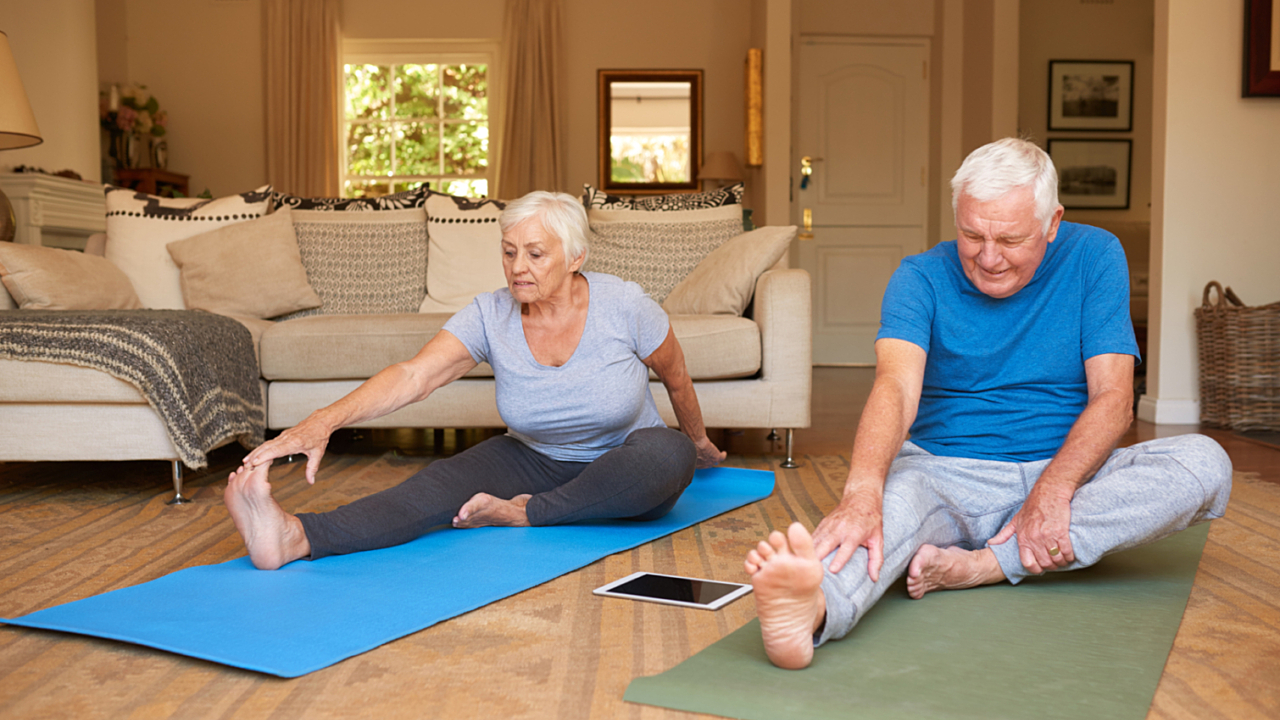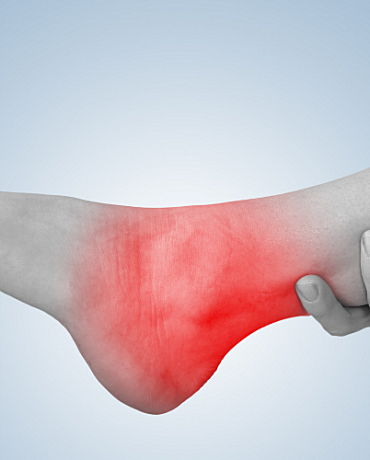As a researcher who has worked with thousands of Australians to reduce their risk of falling, I have seen firsthand how crucial physical activity is to keeping healthy and happy.
Unfortunately, the COVID-19 pandemic has everyone spending a lot more time at home, and we aren’t doing the basic activities we are used to, such as walking to the bus stop. As a result, much of our day is spent sitting and resting, lacking the movement we desperately need to keep our muscles and joints strong.
I’m concerned that our new living conditions will increase the chances that our bodies will grow weak and this could lead to a surge in chronic health conditions later on.
My research is all about trying to keep people moving so that their stability, balance and posture remain strong. I create training programs that combine physiotherapy, psychology and technology to help people train in their homes and reduce their risk of falling.
So what can you be doing while inside?
I recommend dividing your physical activity into two categories: day-to-day movement and structured physical exercise. Combining these two forms of activity will help to maintain your health and prevent problems arising in the future.
Day-to-day movement
Movement helps us to manage our weight, keep our joints and muscles strong, reduce stress and anxiety, improve our sleep, and increase our energy levels.
To improve our movement throughout the day, try the following:
- Do not sit for long! While you are working, reading or watching television, stand up and move about every 30 minutes or more.
- Find inventive ways to increase your number of steps. Try to find a reason to move from room to room throughout the day.
- Keep doing your chores. You’ll find basic tasks like cooking, cleaning the windows or rearranging a cupboard gets you moving and uses your muscles and joints.
Structured physical exercise
In addition to this, I suggest getting at least 30 minutes of planned physical exercise each day. This can be completed in one block or in three shorter sets of 10 minutes, taking rests in between if you need. My advice is to:
- Make a circuit in your house or garden to do exercises that focus on your lower body. You can focus on balance, muscle strength, flexibility and aerobic exercise.
- Make sure some of your routines incorporate exercises that have been proven to help with stability and prevent falls, aiming for daily balance exercises and 2 to 3 sessions of strength exercise per week.
- Exercise enables different types of movement that you can’t obtain from day to day activities. Try mixing it up with Zumba, yoga, Pilates or aerobics.
Associate Professor Kim Delbaere is a senior researcher in NeuRA’s Falls, Balance and Injury Research Centre.




